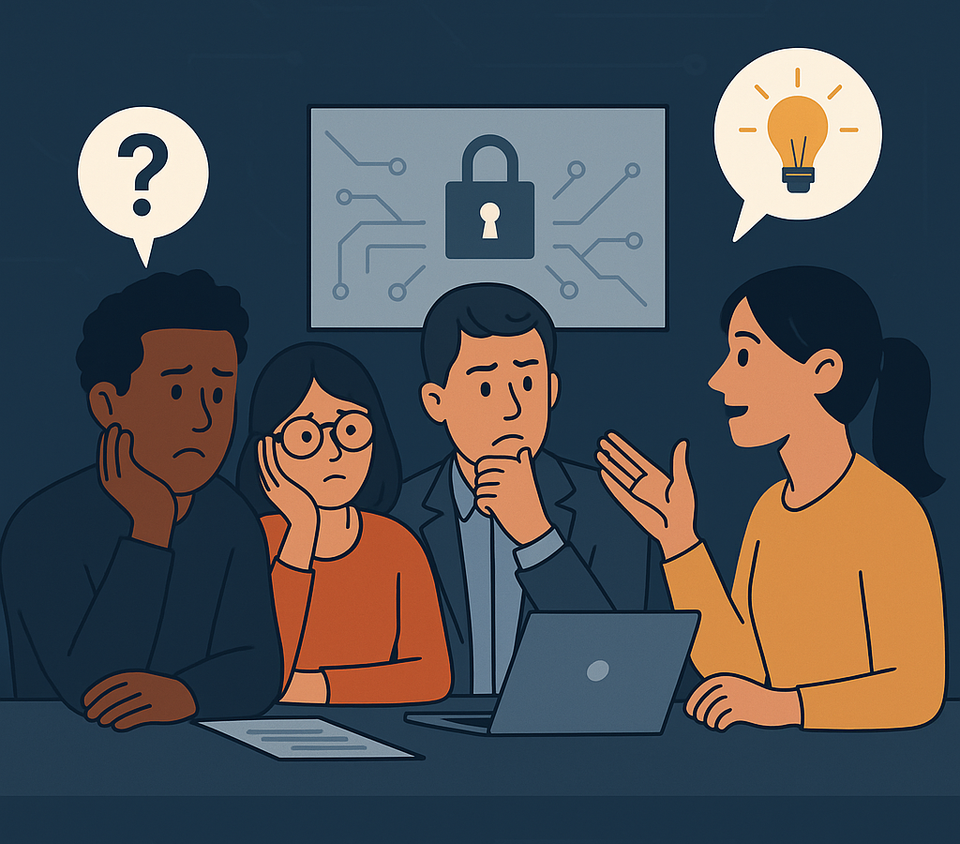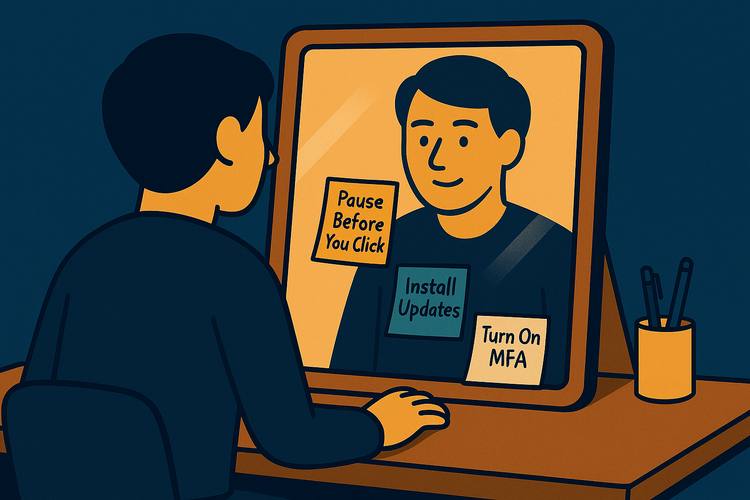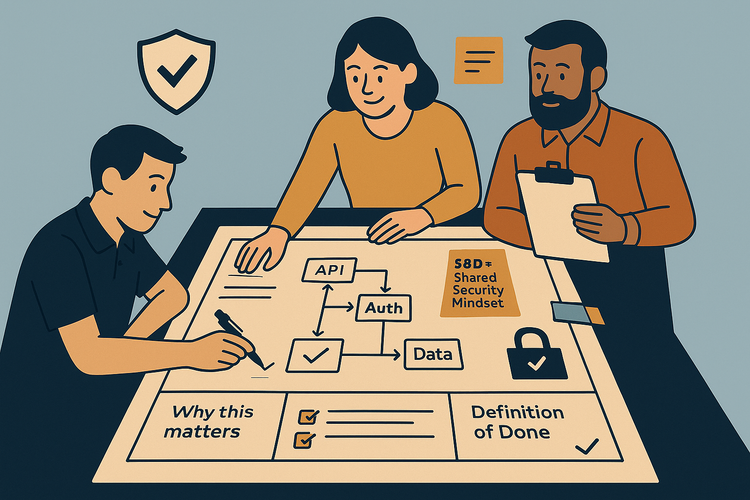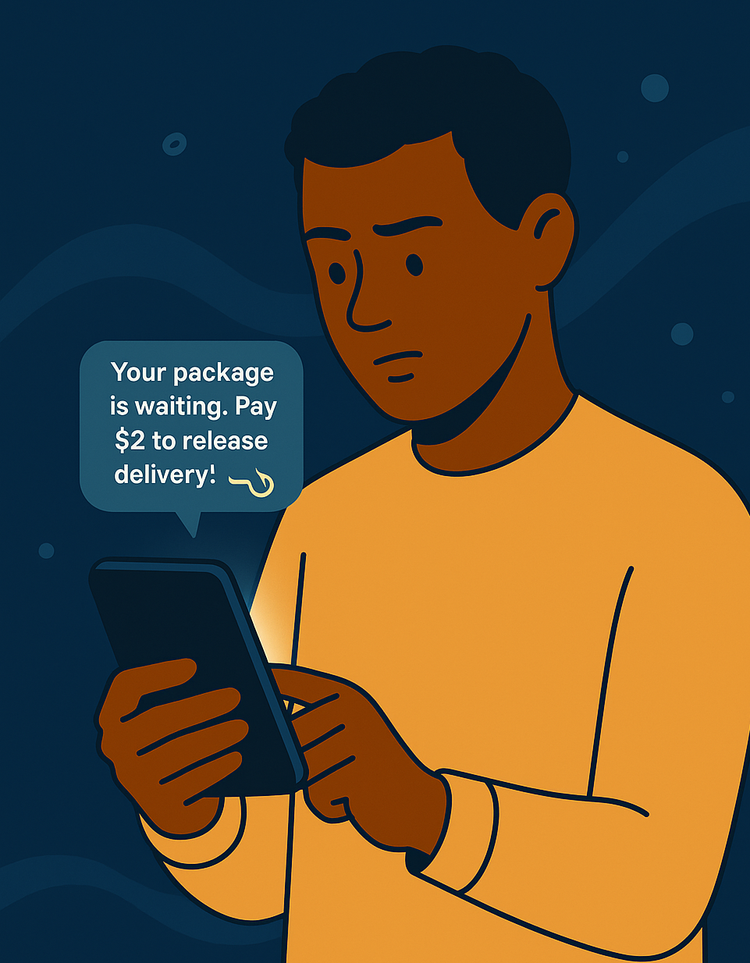Why Security Still Feels Complicated — And What We Can Do About It

Security isn’t broken — but the way we’ve introduced it might be.
For something as critical as information security, it still feels overwhelming to many.
There are too many policies.
Too many tools.
Too much advice that doesn’t feel actionable.
Even worse — it often shows up after decisions have already been made.
So why does it still feel like an afterthought?
Because security has long been treated as a reactive task — not a mindset built into how teams lead, build, or operate.
It often evolved as a response to emerging threats, leading to a sometimes disjointed collection of tools and rules that weren’t always designed with the end-user in mind.
The need for a mindset shift is what drives Jay Secures™ — security should enable productivity, not hinder it.
For these principles to truly take root, it often requires a shift in how security is viewed and championed across all levels of an organization.
Bottom line:
Security isn’t just a technical issue. It’s a human one.
When we treat it that way — with clarity, relevance, and purpose; it starts to work for us, not against us.
Here’s what you can try right now:
1. Make security relevant to how people work — not just what policies say.
Rather than relying on long documents, embed a short "Security to Consider" note in team planning docs or kickoff sessions.
If your team uses sprint planning, include a column to track risks — not just features.
This helps people pause and think before decisions are locked in.
2. Build self-check habits — don’t just wait for audits.
Encourage teams to regularly ask:
“If we ship this now, what’s the worst-case scenario?”
The goal isn’t fear — it’s clarity.
If the answer feels risky, it might be time for a quick checkpoint or a second opinion.
3. Speak plainly. Skip the jargon.
Instead of saying:
“Ensure authentication and authorization are properly configured.”
Try:
“Do the right people have access — and only to what they need?”
Plain language makes action easier — and builds trust.
The real power in security isn't in its complexity,
but in its clear and human application.
Ready to see security differently?
Keep exploring, keep simplifying, and keep protecting what matters most.
Want to share your thoughts on this?
Continue the conversation on LinkedIn





